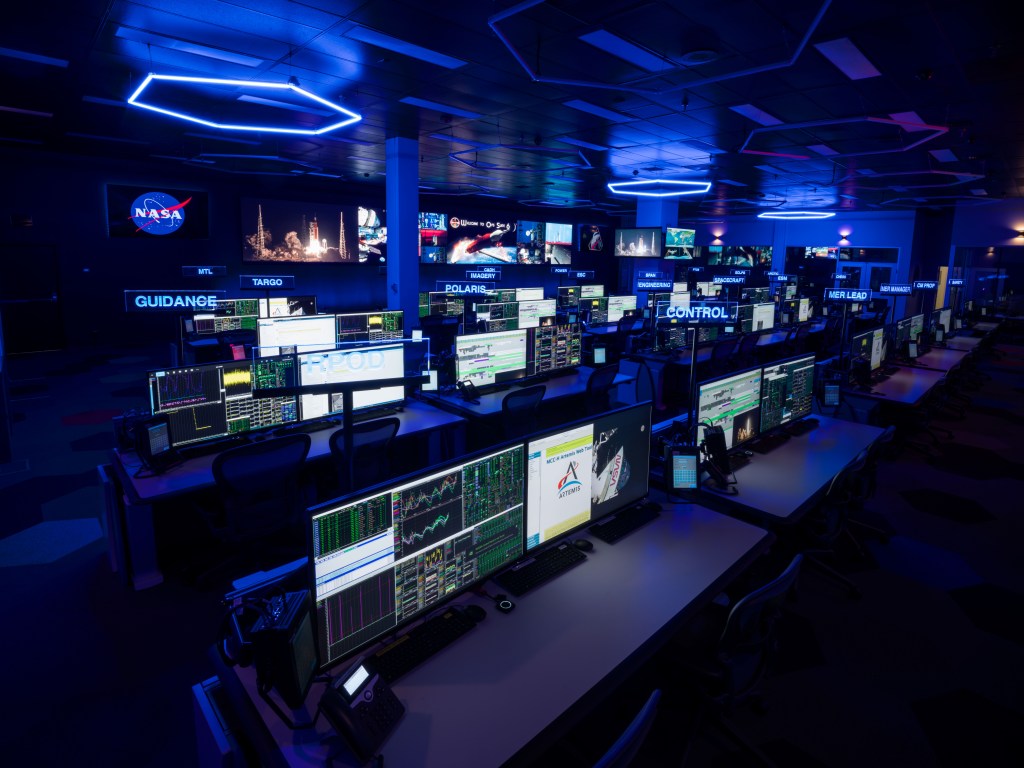3.0. NASA Program/Project Life Cycle
3.1 Program Formulation
3.2 Program Implementation
3.3 Project Pre-Phase A: Concept Studies
3.4 Project Phase A: Concept and Technology Development
3.5 Project Phase B: Preliminary Design and Technology Completion
3.6 Project Phase C: Final Design and Fabrication
3.7 Project Phase D: System Assembly, Integration and Test, Launch
3.8 Project Phase E: Operations and Sustainment
3.9 Project Phase F: Closeout
3.10 Funding: The Budget Cycle
3.11 Tailoring and Customization of NPR 7123.1 Requirements
The purpose of Phase C is to complete and document the detailed design of the system that meets the detailed requirements and to fabricate, code, or otherwise realize the products. During Phase C, activities are performed to establish a complete design (product baseline), fabricate or produce hardware, and code software in preparation for integration. Trade studies continue and results are used to validate the design against project goals, objectives, and ConOps. Engineering test units more closely resembling actual hardware are built and tested to establish confidence that the design will function in the expected environments. Human subjects representing the user population participate in operations evaluations of the design, use, maintenance, training procedures, and interfaces. Engineering specialty and crosscutting analysis results are integrated into the design, and the manufacturing process and controls are defined and valid. Systems engineers are involved in this phase to ensure the final detailed designs of the various systems will work together, are compatible, and are likely to meet the customer expectations and applicable requirements. During fabrication, the systems engineer is available to answer questions and work any interfacing issues that might arise.
All the planning initiated back in Phase A for the testing and operational equipment, processes and analysis, integration of the crosscutting and engineering specialty analysis, and manufacturing processes and controls is implemented. Configuration management continues to track and control design changes as detailed interfaces are defined. At each step in the successive refinement of the final design, corresponding integration and verification activities are planned in greater detail. During this phase, technical parameters, schedules, and budgets are closely tracked to ensure that undesirable trends (such as an unexpected growth in spacecraft mass or increase in its cost) are recognized early enough to take corrective action. These activities focus on preparing for the CDR, Production Readiness Review (PRR) (if required), and the SIR.
Phase C contains a series of CDRs containing the system-level CDR and CDRs corresponding to the different levels of the system hierarchy. A CDR for each end item should be held prior to the start of fabrication/production for hardware and prior to the start of coding of deliverable software products. Typically, the sequence of CDRs reflects the integration process that will occur in the next phase; that is, from lower level CDRs to the system-level CDR. Projects, however, should tailor the sequencing of the reviews to meet the needs of the project. If there is a production run of products, a PRR will be performed to ensure the production plans, facilities, and personnel are ready to begin production. Phase C culminates with an SIR. Training requirements and preliminary mission operations procedures are created and baselined. The final product of this phase is a product ready for integration.
Space Flight Phase C: Final Design and Fabrication
Purpose
To complete the detailed design of the system (and its associated subsystems, including its operations systems), fabricate hardware, and code software. Generate final designs for each system structure end product.
Typical Activities and Their Products
- Review and update documents baselined in previous phases
- Monitor progress against plans
- Develop and document hardware and software detailed designs
- Fully mature and define selected preliminary designs
- Add remaining lower level design specifications to the system architecture
- Perform and archive trade studies
- Perform development testing at the component or subsystem level
- Fully document final design and develop data package
- Develop/refine and baseline plans
- Interface definitions
- Implementation plans
- Integration plans
- Verification and validation plans
- Operations plans
- Develop/refine preliminary plans
- Decommissioning and disposal plans, including human capital transition
- Spares
- Communications (including command and telemetry lists)
- Develop/refine procedures for
- Refine integration
- Manufacturing and assembly
- Verification and validation
- Fabricate (or code) the product
- Identify and update risks
- Monitor project progress against project plans
- Prepare launch site checkout and post launch activation and checkout
- Finalize appropriate level safety data package and updated security plan
- Identify opportunities for preplanned product improvement
- Refine orbital debris assessment
- Perform required Phase C technical activities from NPR 7120.5 as applicable
- Satisfy Phase C review entrance/success criteria from NPR 7123.1
Reviews
- CDR
- PRR
- SIR
- Safety review


























